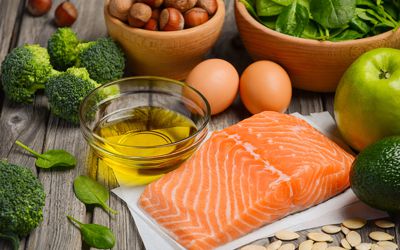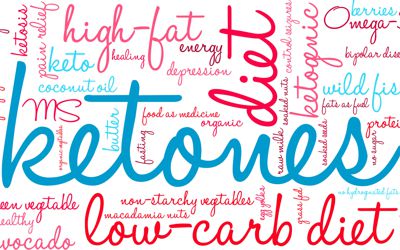
The low-fat, no-fat movement systematically removed the fat from foods with the goal of improving the health of Americans. Now, decades later, obesity rates and incidence of type 2 diabetes have climbed to epidemic levels and the failure of this public health experiment is apparent. While fat doesn’t have a specific taste, research has shown that foods with fat provide a fuller, more satisfying feel that stimulates the reward centers of the brain. When fat is removed from foods, we replaced those fats with sugars and carbohydrates. In addition, less fat means less satiety and an urge to consume more food, more often. This combination of factors has contributed to the rising obesity rates and increase in incidence of type 2 diabetes. During this podcast, Dr. Vaughn presents an overview of fats and their impact on your health.

There is a sleep shortage epidemic in America. The problem is, just like poor diet or sedentary lifestyle, lack of sleep has many significant...

Overeating and the associated detrimental health effects may be the result of how you approach your mealtime. When it comes to eating, many people...

When it comes to nutritional ketosis, there is a lot of conflicting information available. Some of the most common questions clients ask are: (1)...